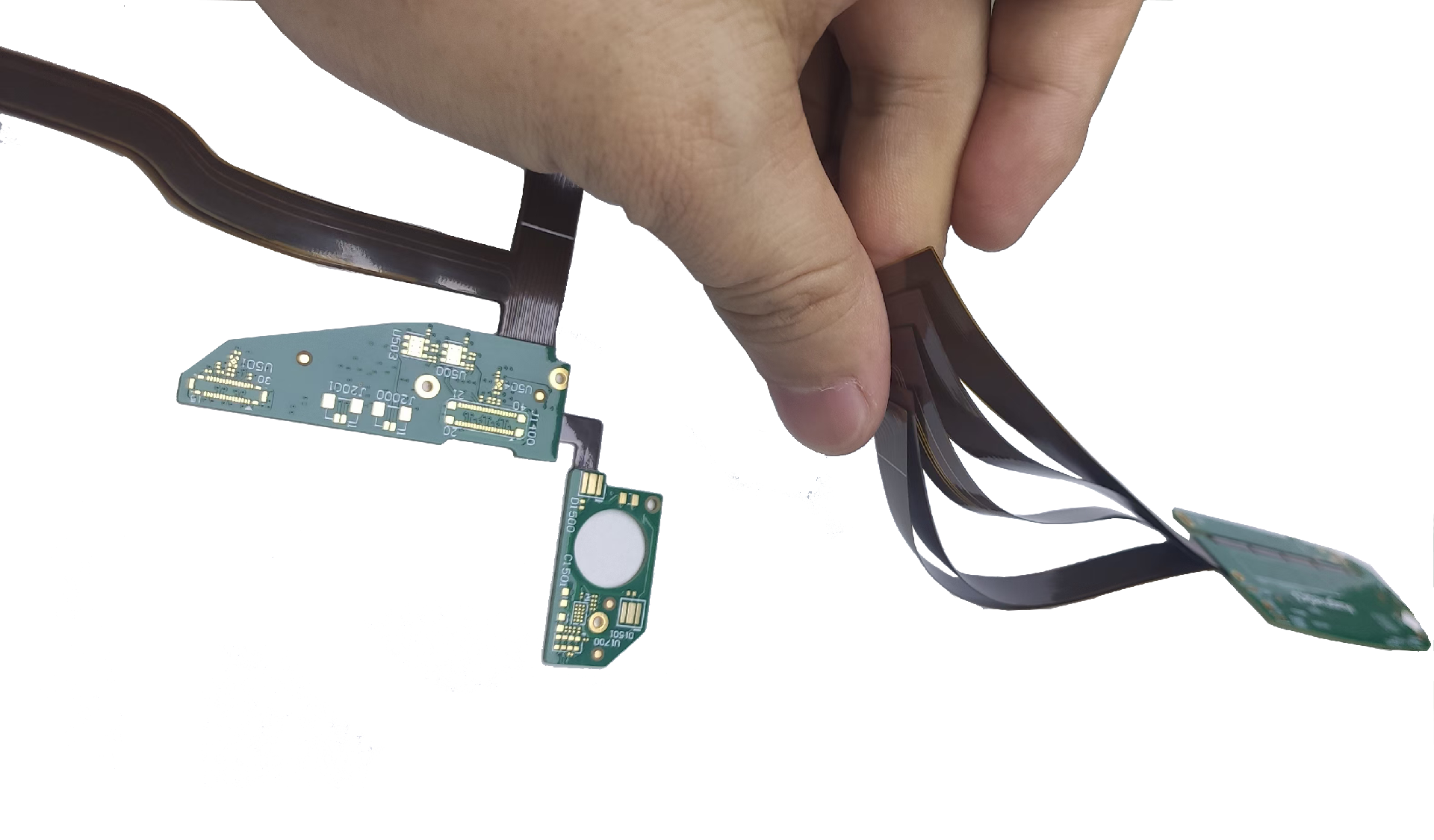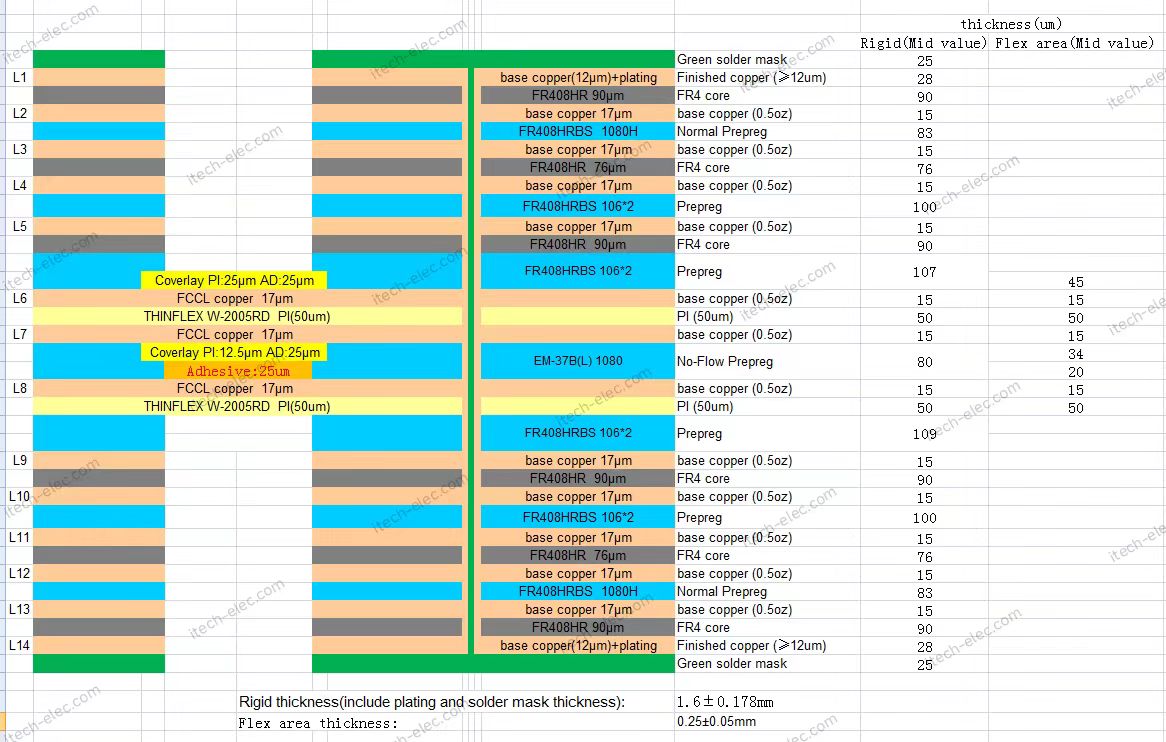Multilayer Flexible Circuits

The multi-layer flex circuit (Multilayer Flex PCB, Multi-Layer PCB,Multilayer FPC) pertains to a flex circuit featuring more than two circuit layers. Three or more flexible conductive layers, with flexible insulating layers in between each one, are interconnected by means of metalized holes via vias/holes and plating to form a conductive path among the different layers, and the external layers are polyimide insulating layers.
Typically, a multilayer flexible circuit is a combination of several double-sided flex circuits and single-layer flex circuits, thus there is no pre-existing flexible copper-clad laminate. During the entire production process, the multiple layers may or may not be continuously laminated together. If your design requirements call for maximum flexibility, continuous lamination might not be suitable.
The multi-layer flexible circuit made of polyimide is at least one-third lighter than the rigid FR4 PCB. However, as there are multiple layers, it loses the flexibility of single-sided and double-sided flexible PCBs, yet the majority of these products do not have a demand for flexibility. The most prevalent multi-layer circuits are 4L, 6L, and 8L. 10L or circuits with more than 10 layers are seldom utilized in the market.
Key Capabilities:
Multilayer circuits-from 1 to 10 layers
Min LW/LS: 4mil/4mil
Adhesive-based and adhesiveless constructions, including thermoplastic and thermoset stiffener attachment.
Polyimide substrates: 1/2mil – 4mil
Copper: 1/3OZ – 2OZ, RA or ED type
Stiffeners include Polyimide (0.075-0.20mm), FR4 (0.15-2.0mm), and punched or formed metal parts (0.075-1.0mm)
Low-cost, conventional fabrication and lamination completed with PTH based plating
Screened inks, photo-imageable soldermasks, or laminated coverlay dielectrics
Surface finishes: ENIG, electroplated nickel/gold, immersion silver, tin,
- EMI Shielding
As a professional manufacturer of a multi-flex circuit(Multilayer FPC,Flexbile PCB,Rigid-flex PCB), boards in China, I-TECH can always make your circuit board dreams come true. Welcome to contact us anytime for inquiries about multi-layer flexible circuits.



